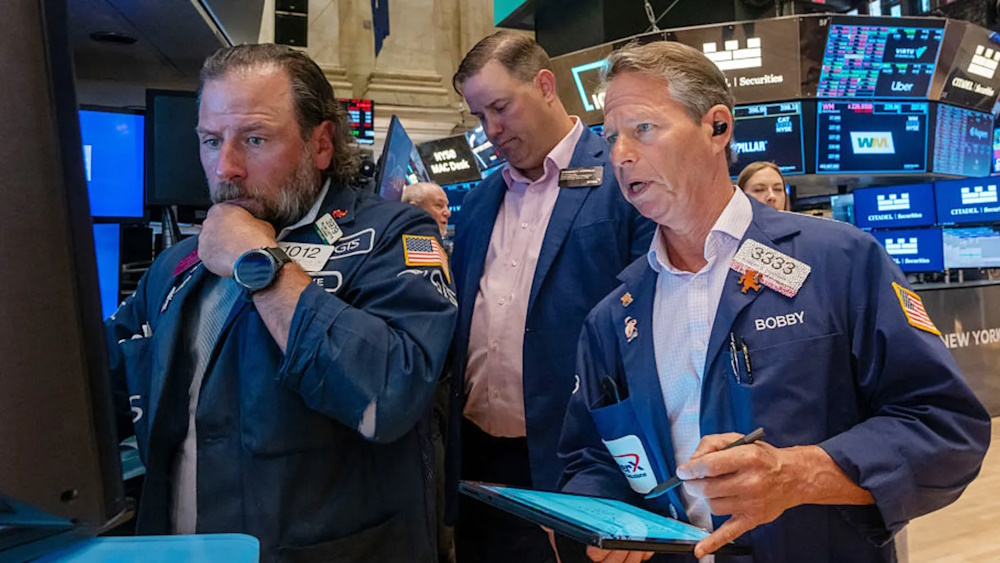
The S&P 500 concluded Tuesday’s trading session close to unchanged, as President Donald Trump did not provide any exemptions regarding his August 1 tariff implementation date.
The broad market benchmark experienced a slight decline of 0.07%, concluding at 6,225.52, whereas the Nasdaq Composite recorded a marginal increase of 0.03%, finishing at 20,418.46. The Dow Jones Industrial Average declined by 165.60 points, representing a decrease of 0.37%, and concluded at 44,240.76.
Market participants faced challenges in interpreting the mixed messages from Trump regarding trade policy. On Monday, Trump extended the tariff deadline to August 1, moving it from the previously set date of July 9. Later that day, he remarked that the new deadline was “not 100% firm.”
On Tuesday, the president announced via Truth Social that there would be no alterations or extensions permitted to the August 1 deadline. On the same day, Trump announced a significant 50% tariff on copper imports. Tuesday’s developments come on the heels of Monday’s significant sell-off, during which the Dow experienced a decline of over 400 points, prompted by Trump’s imposition of 25% tariffs on South Korea and Japan. On Monday, Trump imposed new duties affecting a total of at least 14 countries.
Market participants are currently in a state of anticipation, with a significant number forecasting that the final tariff rates may not be as stringent as the threats articulated by Trump. “What we’ve seen since April has really been the markets getting past the idea that tariffs would have a particularly detrimental impact on growth, earnings, inflation, etc.,” stated Bill Merz, head of capital markets research at U.S. Bank Wealth Management. “Investor sentiment has undergone a significant transformation in a brief timeframe, becoming increasingly optimistic, as evidenced by equity market pricing and the proximity to all-time highs across various indices.”
On the upside, Nvidia advanced 1%, approaching a $4 trillion market cap. However, banks contributed to the market’s decline, following HSBC’s decision to take a “more cautious stance” regarding larger banks. JPMorgan and Bank of America experienced a decline of 3%, whereas Goldman Sachs saw a decrease of nearly 2%.
